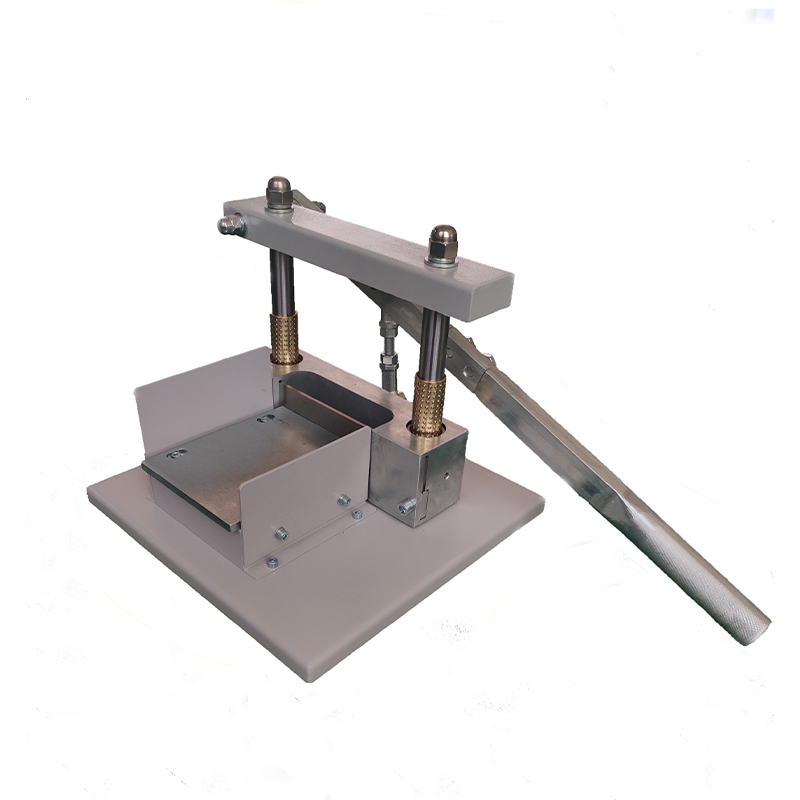homemade tensile strength tester
Homemade Tensile Strength Tester A DIY Approach to Material Testing
Tensile strength testing is a crucial aspect of material science that helps engineers and researchers determine the capabilities and limitations of various materials under tension. While professional tensile testers can be quite expensive and may not be available to hobbyists or small-scale researchers, a homemade tensile strength tester can be constructed with relative ease and at a fraction of the cost. This article explores how to create a DIY tensile strength tester and its applications.
Understanding Tensile Strength Testing
Tensile strength is defined as the maximum amount of tensile (pulling or stretching) stress that a material can withstand without failure. The testing process involves applying a uniaxial force to a sample until it breaks. The results provide vital information about the material's ductility, toughness, and overall performance in practical applications.
Materials Needed for a Homemade Tester
To build a basic tensile strength tester, you will require the following materials
1. Load Cell A load cell is a transducer that converts force into an electrical signal. It is critical for measuring the force applied to the material being tested. 2. Microcontroller An Arduino or any other microcontroller can be used to process the data from the load cell and display the results.
3. Frame A sturdy frame made from wood or metal to hold the load cell and the specimen in place.
4. Clamps Strong clamps to secure the ends of the sample material while testing.
5. Software Simple coding can be done using Arduino IDE to read load cell data, process it, and display the results.
6. Sample Materials Small samples of various materials (e.g., plastics, metals, fabrics) to test their tensile strength.
Steps to Build the Tester
1. Construct the Frame Build a stable frame that can support the load cell and the materials being tested. Ensure it is sturdy enough to absorb the forces generated during the testing process.
homemade tensile strength tester

2. Install the Load Cell Position the load cell in the middle of the frame. The load cell should have a way to connect the test sample at both ends securely.
3. Connect the Microcontroller Connect the load cell to the microcontroller, following the respective wiring guidelines. The microcontroller will read the output from the load cell and convert it into a readable format.
4. Programming Write a simple code in the Arduino IDE that captures the load cell data. Make sure it can display the maximum force recorded before the sample breaks.
5. Testing Secure the sample material with clamps on the load cell and gradually apply force. Monitor the readings from the microcontroller. Record the maximum value reached before the sample fails.
Applications of Homemade Tensile Strength Tester
A homemade tensile strength tester can be beneficial for various applications
- Educational Purposes This setup can be a great project for students studying engineering or materials science, allowing them to understand the practical aspects of tensile strength.
- Material Comparison Hobbyists and small manufacturers can test different materials to find the best option for their projects.
- Prototype Testing Inventors and designers can use this tester to evaluate the strength of their prototypes to ensure that they can withstand expected loads.
- Quality Control Small-scale production facilities can incorporate this tester into their quality control processes to ensure that materials used meet the required standards.
Conclusion
Building a homemade tensile strength tester is an achievable project that can yield significant insights into the mechanical properties of various materials. By leveraging affordable components and basic programming skills, enthusiasts and professionals can create an effective tool for material testing. This DIY approach not only fosters creativity and innovation but also enhances understanding of material behavior under tension, making it a valuable addition to any workshop or laboratory. Whether for educational purposes or practical applications, a homemade tensile strength tester opens the door to experimentation and discovery in material science.
-
advancing-precision-with-profile-projector-technology
NewsAug.23,2025
-
uv-led-ultraviolet-crosslinking-technology-innovation-and-prospects
NewsAug.23,2025
-
ensuring-safety-and-compliance
NewsAug.23,2025
-
electrical-properties-testing-in-modern-applications
NewsAug.23,2025
-
universal-tensile-testing-machine-applications-in-modern-electrical-and-material-testing
NewsAug.23,2025
-
The Role of Tensile Force Testers in Quality Control and Material Science
NewsAug.01,2025
 Copyright © 2025 Hebei Fangyuan Instrument & Equipment Co.,Ltd. All Rights Reserved. Sitemap | Privacy Policy
Copyright © 2025 Hebei Fangyuan Instrument & Equipment Co.,Ltd. All Rights Reserved. Sitemap | Privacy Policy

